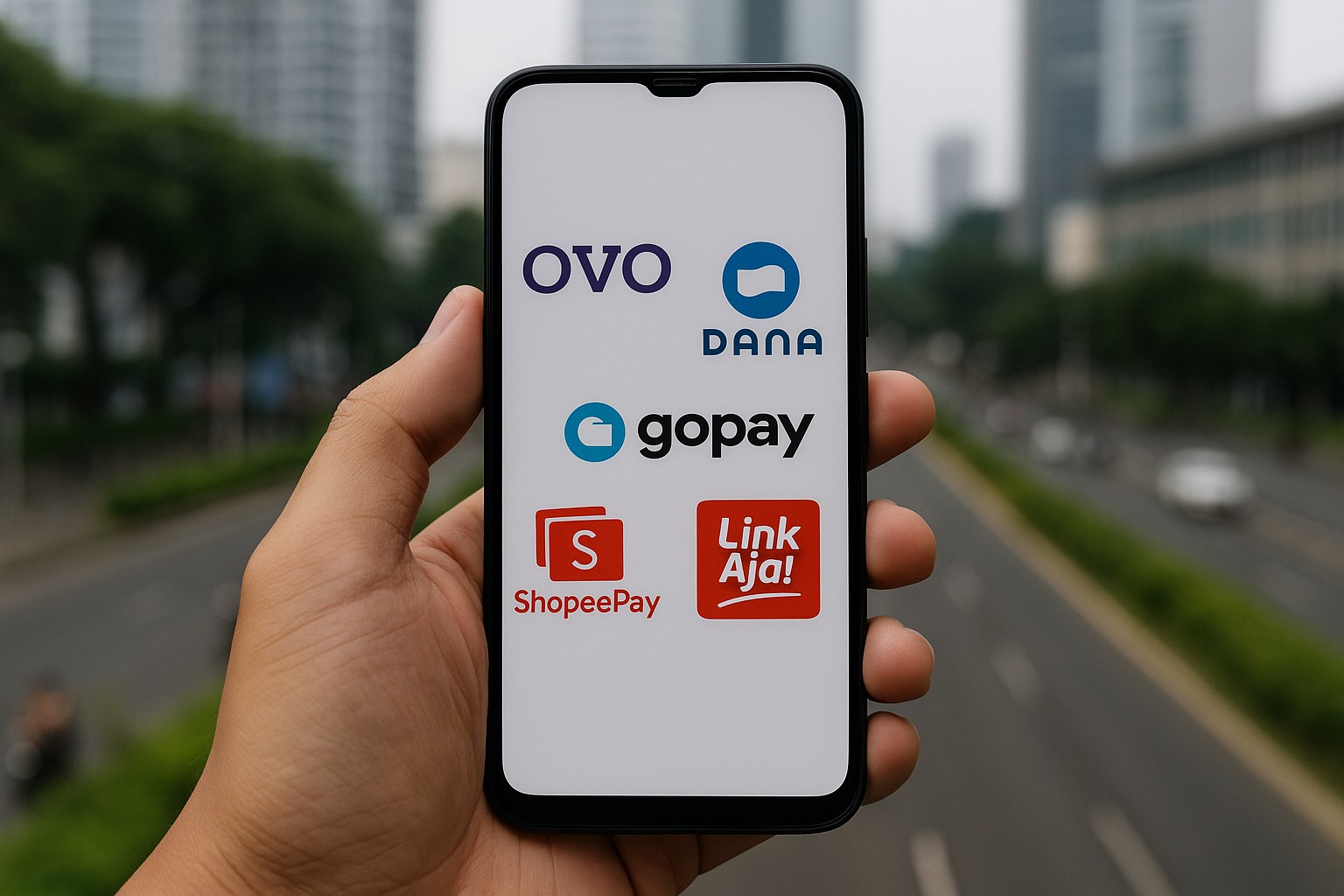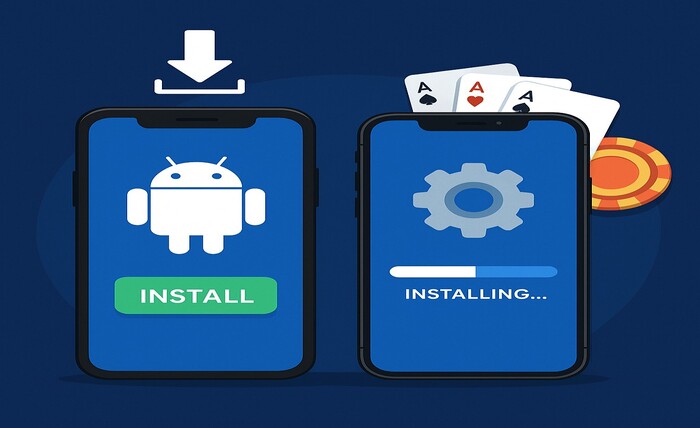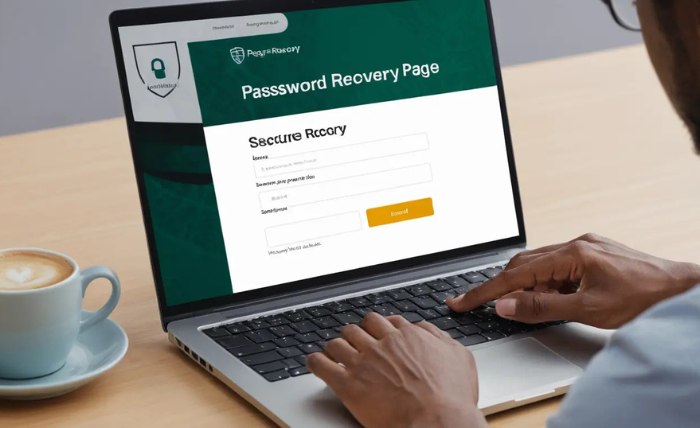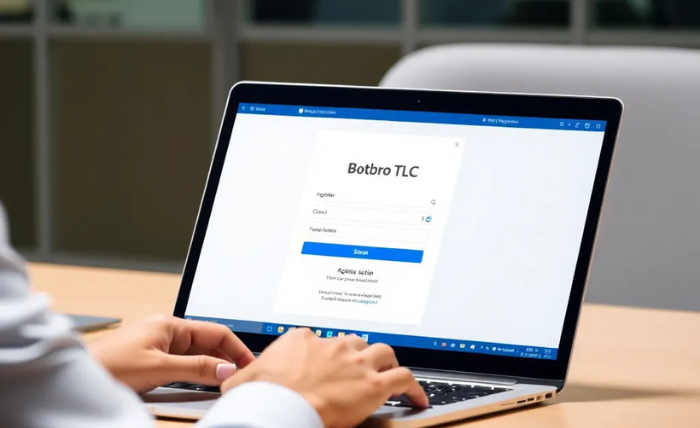Introduction: The Rise of the Indonesia Payment Channel
The digital economy of Indonesia has become one of the most vibrant in Southeast Asia. With over 270 million people and a smartphone penetration rate exceeding 80%, Indonesia has positioned itself as the region’s powerhouse for digital transactions. The 印尼支付通道 in 2025 plays a pivotal role in enabling seamless, fast, and secure payments for both local and international businesses.
Global enterprises expanding into Indonesia rely on the Indonesia Payment Channel to connect with consumers through familiar and trusted platforms such as OVO, DANA, GoPay, ShopeePay, and LinkAja. As e-commerce, gaming, and digital services continue to accelerate, the demand for localized, compliant, and efficient payment integration has never been higher.
This guide explores how the Indonesia Payment Channel is shaping the future of cross-border commerce, highlighting its technology, compliance standards, user preferences, and business integration models.
Overview of Indonesia’s Digital Payment Ecosystem
Indonesia’s digital economy is expected to surpass US $360 billion by 2030, driven primarily by mobile transactions. The Indonesia Payment Channel underpins this growth by offering a unified infrastructure that connects merchants, consumers, and financial institutions.
Key Drivers:
- Mobile Wallet Adoption: Over 170 million Indonesians now use digital wallets daily.
- Government Support: Bank Indonesia’s initiatives such as QRIS (Quick Response Code Indonesian Standard) ensure interoperability among all payment service providers.
- Financial Inclusion: Digital wallets provide easy access to financial services for unbanked and underbanked citizens.
- Cross-Border Integration: The Indonesia Payment Channel supports international payments and foreign merchants entering Indonesia’s rapidly growing market.
Dominant Platforms in 2025:
- OVO – popular for lifestyle and e-commerce payments
- DANA – strong in peer-to-peer transfers and online gaming
- GoPay – integrated with Gojek’s ecosystem
- ShopeePay – widely used in e-commerce and cashback programs
- LinkAja – government-linked with strong rural coverage
Together, these players shape the backbone of the Indonesia Payment Channel, ensuring every transaction is fast, transparent, and secure.
Why the Indonesia Payment Channel Matters for Global Businesses
For foreign enterprises entering the Indonesian market, adopting the Indonesia Payment Channel is not optional—it’s essential. Consumers prefer localized payment methods over international credit cards, making local wallet integration the key to success.
Benefits:
- Higher Conversion Rates: Offering familiar payment options increases checkout success.
- Lower Transaction Costs: Local settlement avoids high cross-border fees.
- Real-Time Settlement: Most Indonesia Payment Channel partners provide instant fund transfer confirmation.
- Regulatory Compliance: Payments align with Bank Indonesia and OJK (Financial Services Authority) standards.
- Customer Trust: Using known wallets enhances credibility and reduces cart abandonment.
The Indonesia Payment Channel bridges global infrastructure with local consumer behavior, allowing companies to expand without friction.
Regulatory Framework and Compliance Standards
Bank Indonesia and OJK have established strict yet business-friendly frameworks to govern digital transactions. Any Indonesia Payment Channel integration must adhere to:
- Licensing Requirements for payment service providers (PJP).
- Data Localization Rules ensuring consumer data stays within Indonesian borders.
- QRIS Standardization, enabling one QR code for all wallets.
- AML/CFT Compliance (Anti-Money Laundering and Counter-Terrorism Financing).
- Transaction Transparency via API-based reporting systems.
By following these standards, businesses using the Indonesia Payment Channel maintain operational integrity while building consumer trust.
Technology Infrastructure Behind the Indonesia Payment Channel
The Indonesia Payment Channel operates through multi-layered fintech infrastructure, ensuring compatibility across banking systems, wallets, and APIs.
Core Components:
- Unified API Gateway: Allows merchants to connect to multiple payment providers through a single interface.
- Smart Routing Engine: Automatically selects the fastest and lowest-cost transaction route.
- Currency Conversion Modules: Handle IDR settlements for international businesses.
- Fraud Prevention Tools: Machine-learning systems monitor real-time behavior anomalies.
- Dashboard Analytics: Businesses get transparent insights into transaction volume, refund rates, and regional performance.
This sophisticated system enables the Indonesia Payment Channel to process millions of transactions daily with high accuracy and uptime.
Key Players and Partnerships in 2025
The year 2025 marks stronger collaborations between banks, fintechs, and global payment processors.
Leading Partners:
- Bank Central Asia (BCA) and Bank Mandiri – primary banking backbones.
- Midtrans, Xendit, and DOKU – leading payment gateways integrating all major wallets.
- Alipay+, WeChat Pay, and Visa Direct – enabling cross-border transactions via the Indonesia Payment Channel.
These partnerships make Indonesia’s payment environment both open and scalable for multinational corporations.
Integration Models for Global Businesses
Businesses can integrate the Indonesia Payment Channel in several ways, depending on their operational scale and technical capacity.
- Direct API Integration
Companies connect directly to a payment gateway such as Xendit or DOKU using their developer-friendly APIs.
Best for: Large enterprises with in-house technical teams.
- Aggregator Model
Third-party providers offer plug-and-play integration covering all wallets and banks.
Best for: SMEs and startups seeking quick deployment.
- Cross-Border Settlement Platform
Enables foreign merchants to collect payments in IDR and receive settlements in USD, CNY, or SGD.
Best for: E-commerce exporters and SaaS companies.
- Hosted Payment Page (HPP)
A secure checkout page hosted by the Indonesia Payment Channel provider.
Best for: Businesses needing PCI DSS compliance without direct data handling.
By choosing the right integration path, global businesses can fully leverage the Indonesia Payment Channel for smoother market entry.
Cross-Border E-Commerce and Indonesia Payment Channel
Indonesia’s e-commerce exports have surged, with products ranging from fashion to digital entertainment reaching global audiences. The Indonesia Payment Channel facilitates two-way trade by supporting multi-currency acceptance and automatic reconciliation.
Examples:
- Chinese merchants can accept IDR payments through OVO and settle in CNY.
- Singapore-based SaaS providers collect subscription fees from Indonesian users via GoPay.
- European digital marketplaces integrate DANA for seamless local checkout.
Such versatility positions the Indonesia Payment Channel as a cornerstone for cross-border growth.
Security and Fraud Prevention
As digital payments increase, so do potential security threats. The Indonesia Payment Channel employs robust safeguards, including:
- End-to-End Encryption (E2EE) for transaction data.
- Two-Factor Authentication (2FA) for user verification.
- Device Fingerprinting to detect suspicious behavior.
- AI-Powered Risk Scoring for anomaly detection.
- Regulated Escrow Systems for buyer protection.
These measures maintain the integrity of every transaction, ensuring that global businesses can operate safely within the Indonesia Payment Channel ecosystem.
The Role of QRIS in the Indonesia Payment Channel
QRIS (Quick Response Code Indonesian Standard) is the unified QR code standard developed by Bank Indonesia. It has revolutionized the Indonesia Payment Channel by merging all payment providers into one interoperable ecosystem.
Advantages of QRIS:
- Works with all wallets (OVO, DANA, GoPay, ShopeePay, etc.)
- Simplifies checkout for merchants and customers.
- Reduces hardware costs—only one code is needed.
- Accelerates financial inclusion in rural areas.
By 2025, QRIS transactions are expected to exceed 10 billion annually, making it the backbone of the Indonesia Payment Channel.
Use Cases Across Industries
E-Commerce
Platforms like Tokopedia, Shopee, and Lazada integrate with the Indonesia Payment Channel to enable instant wallet payments, cashbacks, and refunds.
Travel & Hospitality
Airlines and hotel chains use the Indonesia Payment Channel for flexible local payment options, enhancing conversion rates from Indonesian travelers.
Gaming & Entertainment
Game publishers and streaming services adopt wallet-based micro-transactions to attract the youth demographic.
Education & SaaS
Edtech platforms collect recurring fees seamlessly using auto-debit via the Indonesia Payment Channel.
Retail & Food Delivery
Offline merchants utilize QRIS and POS integrations for omnichannel payment acceptance.
Each industry leverages the Indonesia Payment Channel to enhance revenue and user satisfaction.
Data Analytics and Business Insights
One of the under-appreciated benefits of the Indonesia Payment Channel is data analytics. Merchants gain access to real-time dashboards featuring:
- Transaction success rates
- Regional performance metrics
- Payment method distribution
- Customer retention indicators
- Fraud detection reports
These insights empower businesses to optimize pricing, marketing, and customer retention strategies, all powered by the Indonesia Payment Channel.
Challenges and Solutions
Despite its growth, businesses integrating the Indonesia Payment Channel may face challenges such as:
- Complex Compliance Requirements
Solution: Partner with licensed local payment facilitators.
- API Fragmentation
Solution: Use unified API gateways to connect multiple wallets at once.
- Currency Settlement Delays
Solution: Choose cross-border gateways offering real-time foreign exchange conversion.
- Fraud and Chargebacks
Solution: Implement tokenization and real-time risk scoring available through leading Indonesia Payment Channel providers.
These solutions ensure smooth and compliant operation for both startups and multinational corporations.
How to Choose the Right Indonesia Payment Channel Provider
When selecting a provider, consider the following criteria:
- Licensing and Compliance – Verify that the provider is registered with Bank Indonesia.
- Integration Speed – Look for platforms offering SDKs, plugins, and API documentation.
- Coverage – Ensure compatibility with OVO, DANA, GoPay, ShopeePay, and LinkAja.
- Currency Options – Multi-currency settlements are crucial for cross-border operations.
- Support Quality – 24/7 multilingual technical support is essential.
- Transparent Fees – Avoid hidden costs; review MDR (Merchant Discount Rate) structure.
Selecting the right Indonesia Payment Channel partner directly affects your market success and customer trust.
Future Trends Shaping the Indonesia Payment Channel
- AI-Driven Payment Routing
Artificial intelligence will optimize routing to minimize transaction costs and improve approval rates.
- Open Banking Integration
Banks will offer APIs that allow seamless fund transfers through the Indonesia Payment Channel.
- Central Bank Digital Currency (CBDC)
Bank Indonesia is testing the Digital Rupiah, expected to be integrated into the Indonesia Payment Channel in the coming years.
- Cross-Border Interoperability
ASEAN’s regional payment link will enable instant settlement between Indonesia, Singapore, Malaysia, and Thailand.
- Biometric Authentication
Facial and fingerprint recognition will enhance transaction security and user convenience.
These advancements ensure the Indonesia Payment Channel remains a global benchmark for innovation and accessibility.
Implementation Timeline for Global Companies
A typical integration journey into the Indonesia Payment Channel includes:
- Pre-Integration Assessment (1–2 weeks) – Evaluate your business model and payment needs.
- API Connection & Testing (2–3 weeks) – Configure and test sandbox transactions.
- Compliance Review (1 week) – Ensure all regulatory documentation is submitted.
- Go-Live & Monitoring (1 week) – Start processing live payments with dashboard tracking.
Within just 4–6 weeks, most businesses can begin accepting payments through the Indonesia Payment Channel, unlocking access to millions of Indonesian customers.
Case Studies of Successful Integration
Case 1: Global E-Commerce Brand
A European fashion retailer integrated the Indonesia Payment Channel through Xendit, achieving a 40% increase in completed transactions within three months.
Case 2: Mobile Gaming Publisher
By adding DANA and GoPay, a Singapore-based gaming firm reduced payment friction and boosted in-app purchases by 60%.
Case 3: SaaS Subscription Provider
A U.S. software company enabled local payments via OVO and saw rapid customer acquisition among Indonesian SMEs.
These real-world examples highlight the transformative power of the Indonesia Payment Channel in driving growth and customer engagement.
Opportunities for Fintech and Investors
Investors are flocking to Indonesia’s fintech sector as the Indonesia Payment Channel expands beyond traditional payments into lending, insurance, and remittances.
Emerging Opportunities:
- Embedded Finance: Payment APIs integrated directly into merchant apps.
- BNPL (Buy Now, Pay Later): Local partnerships to increase purchasing power.
- Cross-Border Payment Hubs: Serving Southeast Asian regional commerce.
- Remittance Platforms: Fast transfer corridors between Indonesia and its diaspora.
The Indonesia Payment Channel is no longer just infrastructure—it’s a growth engine for fintech innovation.
Best Practices for Maintaining High Transaction Success Rates
To optimize performance, businesses using the Indonesia Payment Channel should:
- Use adaptive retry logic for failed payments.
- Keep APIs updated to the latest version.
- Offer multi-wallet support for user convenience.
- Maintain transparent refund policies.
- Monitor daily performance analytics via dashboards.
Following these practices guarantees reliability, customer satisfaction, and operational efficiency.
Indonesia Payment Channel and the Future of Global Commerce
The Indonesia Payment Channel stands as a model for emerging markets worldwide. It merges technology, regulation, and user experience into a seamless ecosystem that benefits all stakeholders.
For global enterprises, the ability to accept, process, and settle local payments in real-time represents a major competitive edge. The convergence of wallets, banks, and fintech solutions ensures that Indonesia’s digital economy remains open and interconnected with the world.
Conclusion: Building a Borderless Future
In 2025, the 印尼支付通道 represents more than a technical solution—it’s a bridge between nations, consumers, and businesses. By enabling real-time, secure, and localized payment experiences, it drives inclusion, fosters innovation, and enhances trust in digital commerce.
As more global brands enter Indonesia, seamless integration with the Indonesia Payment Channel will be a defining factor for success. Businesses that adopt early and adapt quickly will not only capture market share but also build long-term customer relationships in Southeast Asia’s most dynamic economy.







